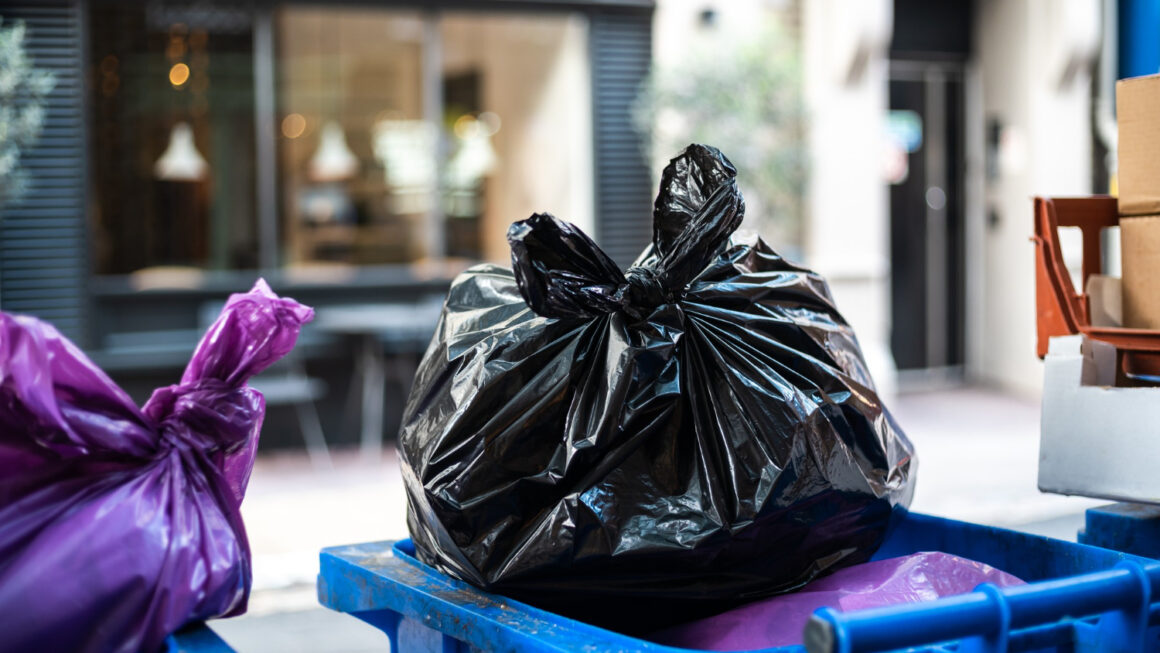Nose piercings become a common way for people to express themselves and accessorize. Whether you’re considering getting a nose piercing or you’ve recently had one, it’s important to understand the healing process involved. Healing time can vary from person to person, but there are general guidelines and steps you can take to ensure a smooth and successful healing journey.
Healing Stages:
The healing process of a nose piercing typically occurs in several stages. It’s crucial to be patient and follow proper aftercare to avoid complications and promote optimal healing.
Here’s a breakdown of the different stages:
Initial Healing Stage (1-3 months):
During the initial healing stage, your body begins to form a protective barrier around the piercing. It’s common to experience redness, swelling, tenderness, and some bleeding or discharge. These symptoms are normal and usually subside within a few weeks. It’s important to avoid touching the piercing with dirty hands and to refrain from changing or removing the jewelry during this stage.
Healing Consolidation Stage (3-6 months):
The second stage is known as the healing consolidation stage. During this period, the outer layer of skin around the piercing starts to toughen up, and the risk of infection decreases. The swelling and tenderness should continue to diminish. But it’s important to keep up with the right aftercare, which includes routine cleaning and staying away from irritants like cosmetics, abrasive cleaners, and excessive exposure to water (as in hot tubs or swimming pools).
Final Healing Stage (6-12 months or more):
The final healing stage is when the nose piercing is considered fully healed. At this point, the inner and outer layers of the skin have fully healed, and the risk of infection is significantly reduced. However, it’s still important to maintain good hygiene and avoid unnecessary trauma to the area. Be gentle when changing or removing jewelry, and ensure that any new pieces are clean and made of a hypoallergenic material.
Factors Affecting Healing Time:
While the general healing timeframes mentioned above are common, it’s crucial to note that individual factors can influence how long it takes for a nose piercing to heal.
Some of these factors include:
Individual Healing Ability:
Each person’s body has a unique healing ability. Factors such as overall health, immune system function, and genetics can impact the healing process.
Aftercare Practices:
Proper aftercare is essential for a healthy healing process. Following the instructions provided by your piercer, which may include cleaning the piercing with a saline solution or recommended cleanser, is vital. Avoiding irritants, touching the piercing with dirty hands, and changing jewelry too early can impede the healing process.
Jewelry Type:
The choice of jewelry material can influence healing time. High-quality materials such as surgical-grade stainless steel, titanium, or 14k gold are commonly recommended. Avoid using low-quality materials or costume jewelry, as they may cause irritation or allergic reactions.
Placement and Technique:
The location and technique used for the nose piercing can affect healing time. Some areas of the nose may take longer to heal due to increased movement or exposure to external factors.
Lifestyle and Habits:
The healing process can be slowed down by your lifestyle and habits, including smoking, binge drinking, eating poorly, and being exposed to surroundings with high bacterial loads.
Conclusion:
The general healing time for a nose piercing can range from several months to a year or more, it’s important to remember that everyone’s healing process is unique. It’s crucial to maintain proper aftercare, be patient, and listen to your body during the healing journey.
If you experience prolonged or severe complications, it’s advisable to consult with a professional piercer or a healthcare provider who can provide personalized guidance and address any concerns you may have. Remember, taking proper care of your nose piercing during the healing process is essential for a successful and healthy outcome.




